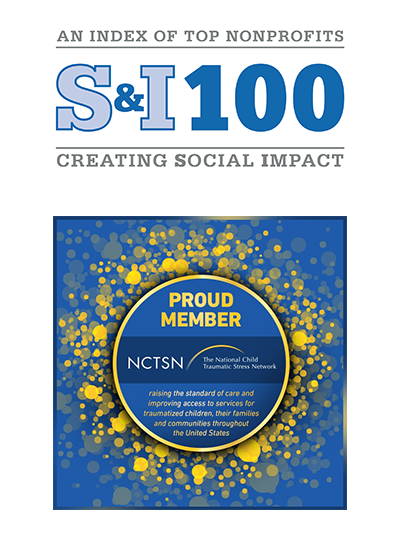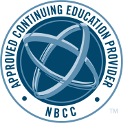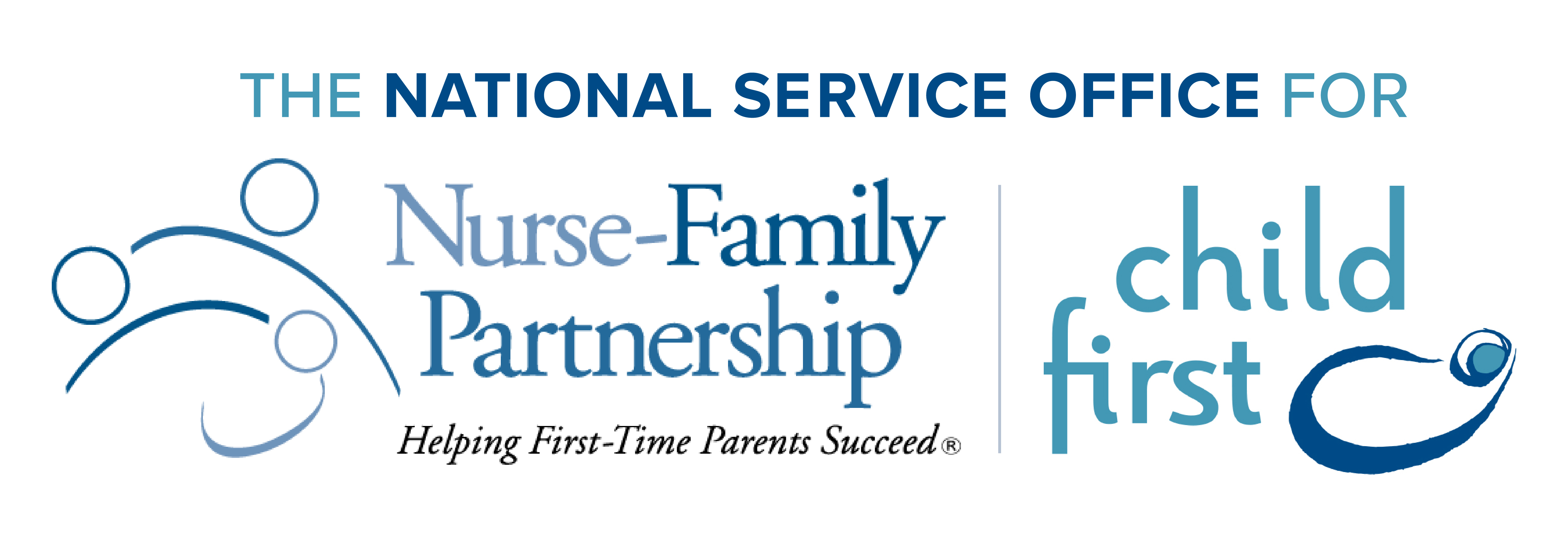Replication Guidance
The Child First National Program Office (NPO) oversees replication of the model. NPO authorizes who may use the model, provides training and support, and ensures that all affiliates in the Child First Network are implementing the model with fidelity. Those interested in implementing the Child First model can direct their inquiries to info@childfirst.org.
Child First prioritizes replication in states or other defined geographic areas (e.g. counties) where agencies are in the best position for sustainable, successful operations. Key factors considered by the NPO when investigating the viability of Child First replication in a given state or geographic area include:
- Level of need of targeted population
- Level of interest in early childhood mental health and understanding of the effects of trauma and adversity
- Potential for multiple, sustainable funding sources
- Interest from state leaders of child welfare, education, public health, social services, or other relevant state agencies to support a program like Child First
- Identifiable state champions and leadership to promote Child First
- A strong early childhood system that can support the families to be served
Child First will work with interested parties to help determine if the necessary factors are in place for replication to be successful (“readiness”) and will ask agencies to complete an application. Generally, the NPO looks for a replication that is large enough to:
- Make it possible to provide training locally or regionally (see Training & Consultation)
- Create the capacity to reach a large enough number of children and their families so that it is seen as a viable, accessible service in the community.
Replication History
Child First began in Bridgeport, Connecticut in 2001. With the strong results from the randomized controlled trial, it was clear that the Child First model was able to fill a critical gap in the service continuum for the most vulnerable children and families. Many other Connecticut cities with high rates of poverty and young children suffering from the effects of trauma and adversity were asking for Child First in their communities.
In 2009, with the very generous support of the Robert Wood Johnson Foundation and matching funds from both the state of Connecticut and local philanthropy, Child First began replication in five cities, each serving a unique geographic area as defined by the Department of Children and Families (DCF). Over the following four years, Child First conducted two additional rounds of replication in the other nine Connecticut DCF areas, with the generous support of philanthropy and federal funding from the Maternal, Infant, and Early Childhood Home Visiting Initiative (MIECHV).
Today, Child First has 15 affiliate program sites in CT, with 14 implementing agencies. The two major sources of sustainable funding come from the CT Department of Children and Families (child welfare) and MIECHV, managed by the CT Office of Early Childhood. There is current capacity to serve 1,000 children and their families per year.
Child First has now successfully expanded its model to other states, including urban and rural areas. In 2015, Child First began national replication in Palm Beach County, Florida in partnership with the Children’s Services Council of Palm Beach County (CSCPBC). In 2016, the model was replicated in eastern North Carolina in partnership with Trillium Health Resources. Affiliates in Florida are funded by CSCPBC which has public funds as a special taxing district. Affiliates in eastern North Carolina bill Medicaid for Child First services using a special “in-lieu of” service definition. To learn more about the Child First Network of affiliates, see State Affiliates.







